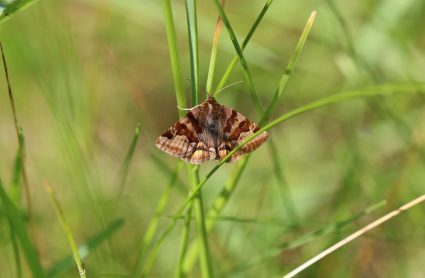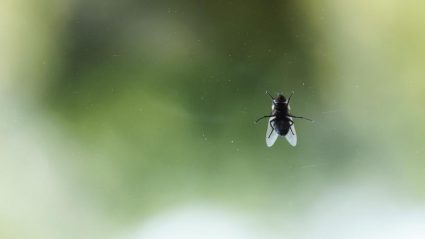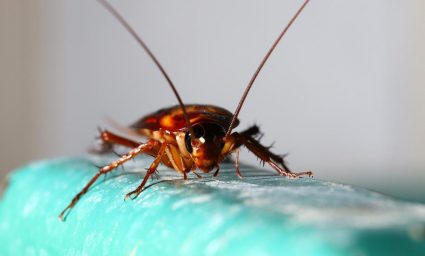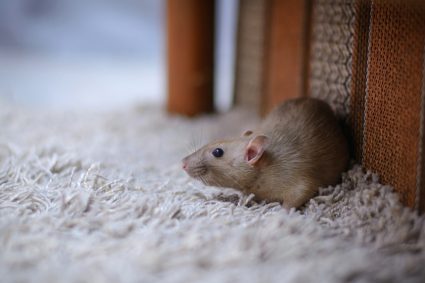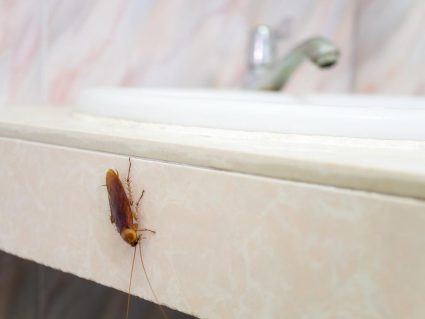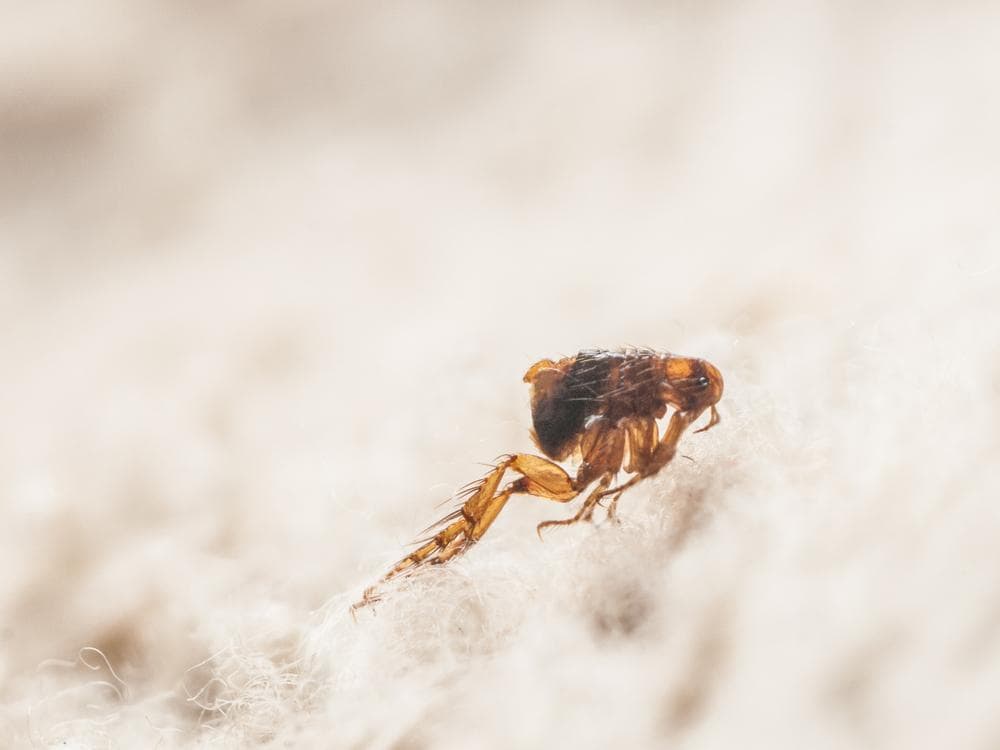
Fleas are small, wingless insects that are common pests in homes, particularly homes with pets. They are known for their jumping abilities and their bite, which can cause severe itching and irritation. But what are fleas really like? In this comprehensive guide, we’ll delve into the world of fleas, explain their characteristics, behavior, life cycle, the diseases they transmit, and how to effectively prevent and treat flea infestations.
Fleas are small, wingless insects known for their jumping abilities. They are ectoparasites that live on the exterior of their hosts, feeding on their blood. Fleas have a four-stage life cycle: egg, larva, pupa, and adult. They thrive in moist, shady, cool environments and can cause severe inflammation and intense itching in their hosts. Fleas can also transmit diseases such as tapeworm larvae and murine typhus.
Defining Characteristics of Fleas
Fleas are small insects, ranging from 0.1 to 0.32 cm in length. They are usually dark reddish-brown in color and have a flat, oval-shaped body. They don’t have wings, but they possess large hind legs adapted for jumping, allowing them to leap up to 12 inches in a single bound.
Fleas are ectoparasites, which means they live on the exterior of their hosts, feeding on their blood. They have a slender proboscis (beak) that extends forward when the flea takes a blood meal. Fleas feed exclusively on the blood of mammals (including humans) and birds.
Flea Life Cycle
Fleas have a four-stage life cycle: egg, larva, pupa, and adult. After taking a blood meal and mating, female fleas lay eggs in the fur and surroundings of the host. The eggs hatch into larvae, which feed on blood and flea feces to develop. The larvae then spin cocoons and enter the pupa stage. Adult fleas emerge from the cocoon when there is a presence of a host. The entire life cycle can take anywhere from two to three weeks to several months, depending on the conditions.
Preferred Environments
Fleas thrive in moist, shady, and cool environments. Outdoors, they are commonly found under shrubs, in tall grass, wood piles, and under decks or porches. Indoors, fleas are often found in pet bedding, furniture cushions, and thick carpeting. Fleas are more common during spring and summer months, but they can also become a year-round problem in homes where pets reside indoors.
Impact on Hosts
Fleas can cause severe inflammation of the skin and intense itching in their hosts. Some animals may develop flea allergy dermatitis, a specific allergy to flea saliva. Fleas can also transmit diseases such as tapeworm larvae, murine typhus, and, in some parts of the world, bubonic plague.
Signs and Symptoms of Flea Infestations
Common signs of flea infestations in animals include excessive scratching, hair loss, red irritated skin, and pale gums. In humans, flea bites often appear as small, raised red dots with a discolored ring or halo around them. The bites are extremely itchy, and the skin around each bite may become sore or painful.
Preventing and Treating Flea Infestations
Preventing and treating flea infestations involve pet treatment, home treatment, and yard maintenance. Regularly bathe pets, vacuum carpets and rugs, wash pet bedding in hot, soapy water, and treat outdoor areas with flea control products. In case of severe infestations, professional pest control services may be needed.
Different Types of Fleas
There are different types of fleas, including cat fleas, dog fleas, human fleas, and rat fleas. Each type has specific characteristics and behaviors. For example, cat fleas are the most common domestic flea, while rat fleas are known to transmit bubonic plague.
In conclusion, fleas are small, wingless insects that can cause severe discomfort and health issues in their hosts. Understanding what fleas are like can help in preventing and treating infestations effectively.
Frequently Asked Questions
How long do fleas live on average?
The lifespan of a flea depends on its environment and host. On average, adult fleas live for about 2 to 3 months. However, if conditions are ideal, they can live up to a year or even longer.
Can fleas survive in water?
Fleas do not survive in water. In fact, one common method to kill fleas is to drown them in soapy water. However, flea eggs and larvae can survive in moist environments.
Can fleas infest humans like they do pets?
While fleas prefer animal hosts, they can and do bite humans, especially if their preferred host is not available. However, they do not live on humans like they do on pets.
Can fleas fly?
No, fleas cannot fly. They are wingless insects. Their primary mode of transportation is jumping, thanks to their powerful hind legs.
Are there natural ways to prevent flea infestations?
Yes, there are natural methods to prevent flea infestations. These include regular cleaning and vacuuming, using natural flea repellents like citrus and eucalyptus oils, and encouraging natural predators like spiders and ants which feed on fleas.

